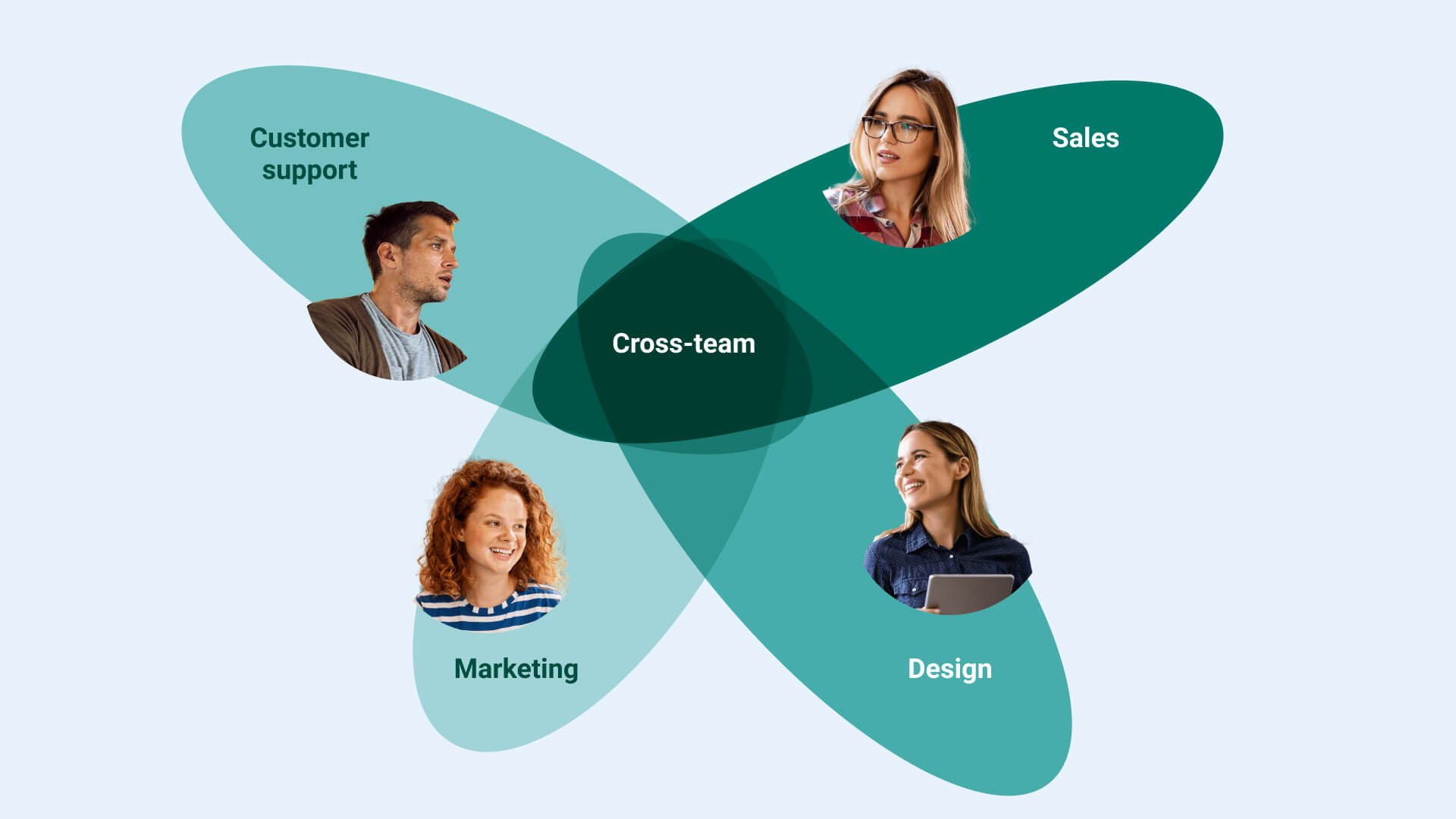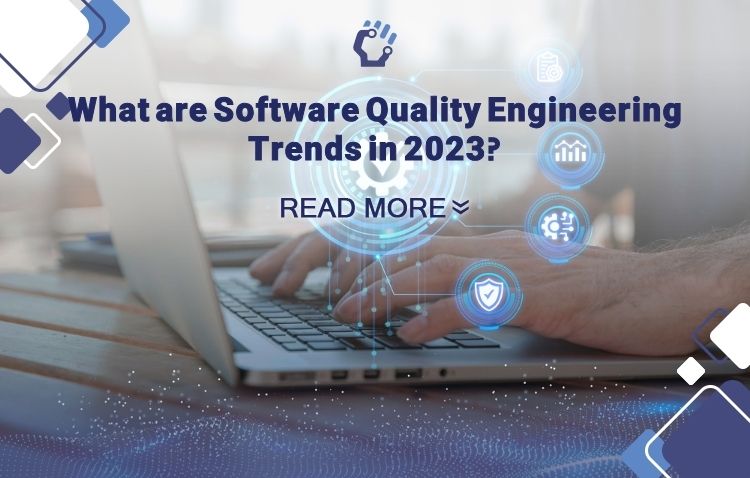1.1 Definition of Data-Driven Decision Making
Data-driven decision making (DDDM) is the process of making choices based on data analysis and interpretation rather than intuition or observation alone. By leveraging data, businesses can make more informed and objective decisions.
1.2 Importance in Product Development
In the realm of product development, using data-driven decision making is essential for creating products that meet market demands and perform effectively. It minimizes risks and maximizes efficiency, ultimately leading to a higher success rate in product launches.
2. Understanding Data-Driven Decision Making
2.1 What is Data-Driven Decision Making?
DDDM involves collecting data, analyzing it, and using the insights gained to guide decisions. This process ensures that every step, from planning to execution, is informed by empirical evidence.
2.2 Historical Context and Evolution
The practice of data-driven decision making has evolved significantly over the years. Initially, decisions were often based on gut feelings or limited data. However, with the advent of advanced analytics and big data, businesses now have access to vast amounts of information, enabling more precise and effective decision-making processes.
3. Key Benefits of Data-Driven Decision Making
3.1 Improved Product Quality
By analyzing data from previous product iterations, businesses can identify areas for improvement and enhance product quality. This continuous feedback loop ensures that products evolve to better meet customer needs.
3.2 Enhanced Customer Satisfaction
Understanding customer preferences and behaviors through data helps businesses tailor their products to better suit their target audience, leading to increased customer satisfaction and loyalty.
3.3 Cost Efficiency
Data-driven decision making helps identify cost-saving opportunities, streamline operations, and reduce waste, leading to more efficient use of resources.
4. The Role of Analytics in Product Development 4.1 Types of Analytics
There are various types of analytics used in product development, including descriptive, diagnostic, predictive, and prescriptive analytics. Each type provides different insights and aids in different stages of the product lifecycle.
4.2 Tools and Technologies
A wide range of tools and technologies are available to support data-driven decision making in product development. These include data visualization tools, machine learning platforms, and predictive analytics software.
5. Steps to Implement Data-Driven Decision Making
5.1 Identifying Objectives
The first step in implementing DDDM is to clearly define the objectives and goals of the decision-making process. This ensures that the data collected is relevant and aligned with the business's strategic priorities.
5.2 Collecting Relevant Data
Once objectives are set, the next step is to gather data from various sources. This can include customer feedback, market research, sales data, and more.
5.3 Analyzing Data
With the data in hand, the next step is to analyze it to extract meaningful insights. This involves using statistical techniques, data mining, and machine learning algorithms to uncover patterns and trends.
5.4 Implementing Insights
The final step is to apply the insights gained from the data analysis to make informed decisions. This could involve adjusting product features, changing marketing strategies, or optimizing production processes.
6. Case Studies 6.1 Success Stories
Numerous companies have successfully implemented data-driven decision making in their product development processes. For instance, Amazon uses data to optimize its product recommendations, leading to increased sales and customer satisfaction.
6.2 Lessons Learned
While there are many success stories, there are also valuable lessons to be learned from companies that faced challenges in their data-driven initiatives. Understanding these lessons can help businesses avoid common pitfalls and improve their own processes.
7. Challenges and Solutions
7.1 Common Challenges
Implementing data-driven decision making is not without its challenges. Common obstacles include data quality issues, resistance to change, and lack of skilled personnel.
7.2 Overcoming Challenges
To overcome these challenges, businesses need to invest in training and development, adopt a culture of data-driven decision making, and ensure that data is accurate and reliable.
8. Future Trends in Data-Driven Product Development
8.1 Predictive Analytics
Predictive analytics uses historical data to forecast future outcomes, allowing businesses to anticipate market trends and make proactive decisions.
8.2 AI and Machine Learning
Artificial intelligence (AI) and machine learning are transforming the field of data-driven decision making. These technologies enable businesses to analyze complex data sets and uncover insights that would be impossible to detect manually.
9. Conclusion
9.1 Recap of Key Points
Data-driven decision making is a powerful approach that enables businesses to make more informed and objective decisions. By leveraging data, businesses can improve product quality, enhance customer satisfaction, and achieve cost efficiency.
9.2 Final Thoughts
As technology continues to evolve, the importance of data-driven decision making in product development will only increase. Businesses that embrace this approach will be well-positioned to succeed in a competitive market.
FAQs
Q1: What is data-driven decision making?
A1: Data-driven decision making involves making choices based on data analysis and interpretation rather than intuition.
Q2: Why is data-driven decision making important in product development?
A2: It helps create products that meet market demands and perform effectively, minimizing risks and maximizing efficiency.
Q3: What are the key benefits of data-driven decision making?
A3: Improved product quality, enhanced customer satisfaction, and cost efficiency.
Q4: What are the steps to implement data-driven decision making?
A4: Identifying objectives, collecting relevant data, analyzing data, and implementing insights.
Q5: What are the future trends in data-driven product development?
A5: Predictive analytics and the use of AI and machine learning are key trends shaping the future of data-driven decision making.







